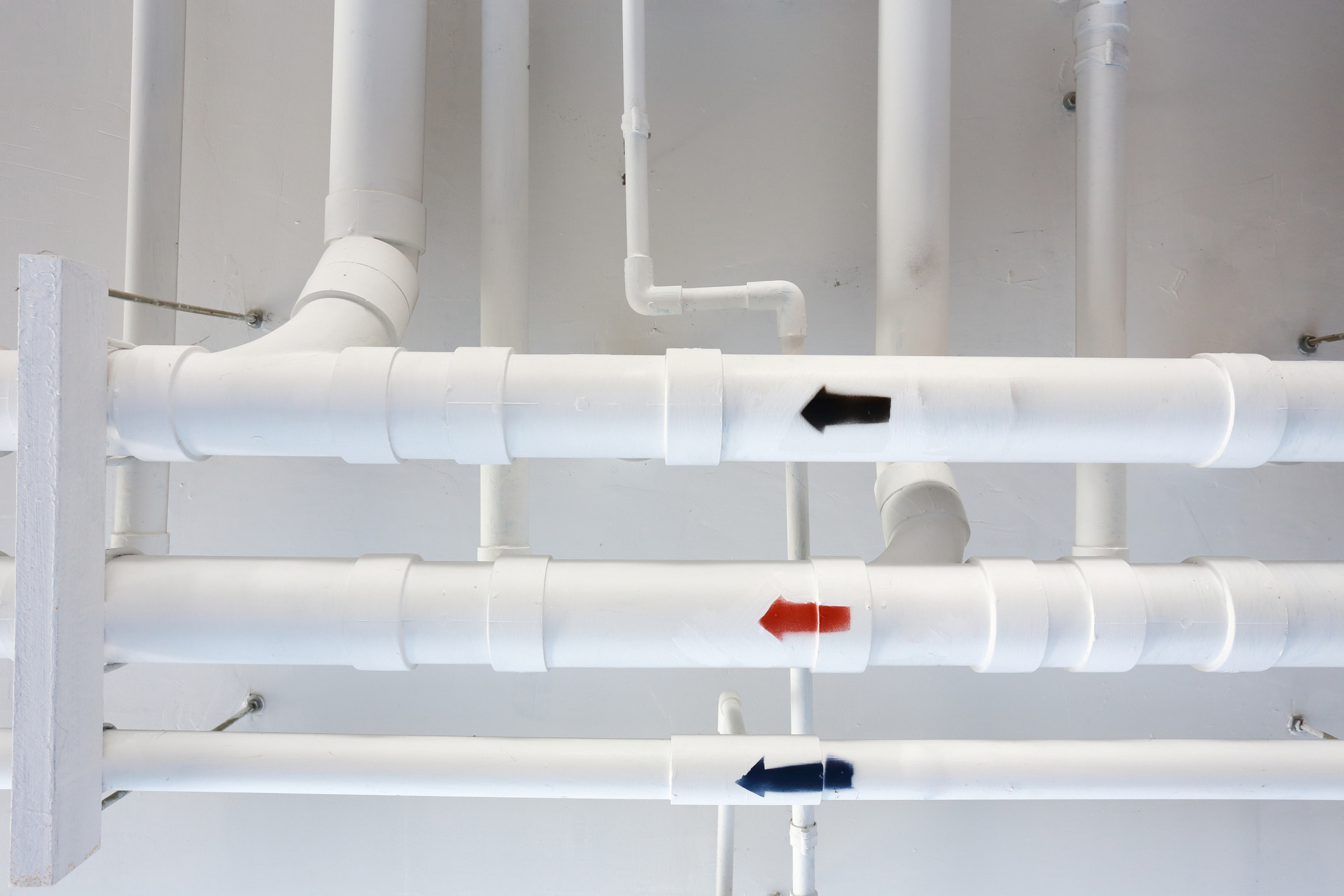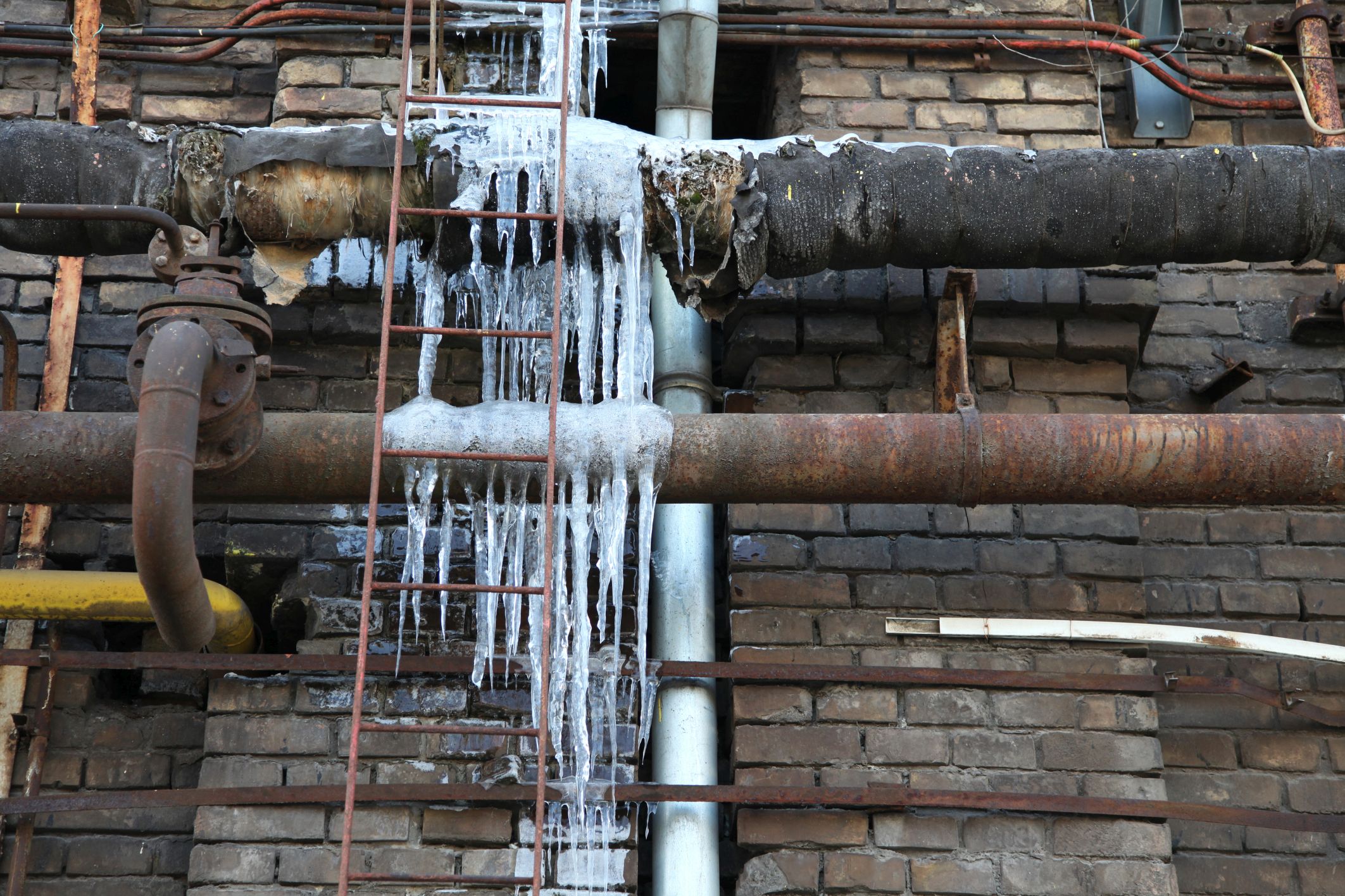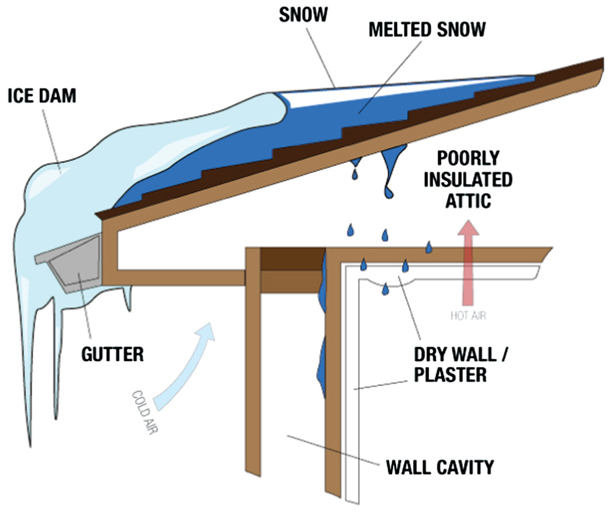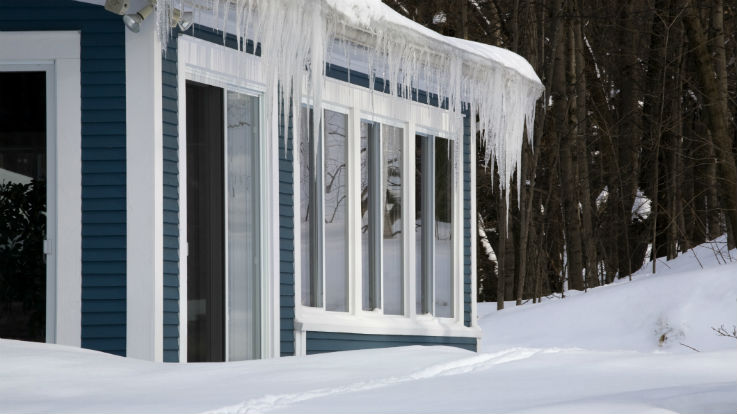For residents of the East Coast, the winter of 2014–15 served up some of the snowiest and coldest conditions on record.
For insurance companies, this was also one of the costliest seasons on record — more costly in fact than Superstorm Sandy.
The majority of homeowners' losses were the result of ice dams and frozen pipes, many of which could have been prevented.
True to our purpose at policyholder-owned insurer PURE, our claims and risk management teams study losses to understand how they could have been prevented.
Based on these insights, we have compiled advice that you can share with your clients to help them mitigate winter weather-related risks, this year and beyond:
Related: Brace yourself: Winter is coming

(Photo: Thinkstock)
1. Fortify an unoccupied home
Risk: Homeowners who are away from home at the time of a loss are at greater risk of devastating damage due to a delayed response. In fact, PURE saw that members who were away from home when a loss occurred experienced more than four times the amount of damage from burst pipes.
Recommendations: Install a whole-house leak detection system that includes an automatic water shut-off option. These devices, such as Leak Defense System, can detect abnormalities in a pipe's water flow and automatically shut off the water supply—preventing a major loss from occurring. Smart thermostats, like Nest, can remotely alert homeowners of any temperature changes that could lead to a frozen or burst pipe.
Actual loss story: While away on vacation, a PURE member's burglar alarm system alerted them to movement within the home. The police department saw no signs of a break-in, but when nearby family members inspected the home they discovered not one but four burst pipes. The burst pipes allowed for water, which had been running for more than 24 hours, to leak onto each level of the home, causing a $1 million loss.
Related: 5 easy fall home maintenance projects

(Photo: Thinkstock)
2. Address uninsulated pipes
Risk: During periods of extreme temperatures, uninsulated pipes are at high risk for freezing and bursting. The risk is increased because these pipes are often located in unheated spaces, like the attic.
Recommendations: Pipes in unheated areas, along with all exposed surfaces (like tees and valves) should be properly insulated with flexible closed cell polyethylene or elastomeric insulation or wrapped in self-regulating heat cable. Both can be found at most home improvements stores for around $5 each. Attics should also be adequately insulated and ventilated.
Actual loss story: When a pipe burst in the attic of a PURE member's secondary home, water flowed unnoticed for weeks until a neighbor spotted the issue. By that time, the water had caused extensive damage throughout the home. The result was a loss of mroe than $2 million.
Related: 5 signs your pipes are frozen and how to thaw them

(Illustration: PURE)
3. Protect the roof against ice dams
Risk: Ice dams form after heavy snowfall, when heat radiating from a home causes the underside of a snow layer to melt. The melted snow drains along the roof until it cools and freezes into an ice dam, trapping future runoff from draining. This water can then leak into a home through the roof.
Recommendations: A properly insulated and adequately ventilated attic is critical in maintaining proper temperature and airflow. A roofing underlayment can help prevent water from leaking through the roof. Schedule a roof inspection before the start of winter to identify any weak spots and to replace damaged shingles or tiles, and arrange for gutters to be cleaned prior to the winter season. Regularly remove snow from the roof, especially following large storms. Clients with aluminum or copper gutters should install heated cables to gutters and downspouts to prevent melted snow from freezing.
Actual loss story: After several large snowstorms in a hard-hit area of the Northeast, a PURE member noticed water seeping through the ceilings and walls within an area of their home. Upon inspection it was found that the water was in fact melted snow seeping in through the roof. The resulting damage was severe and would require structural repairs. The claim totaled $200,000.
Related: How insurers survived a record winter

(Photo: Thinkstock)
4. Assess risk outside the home
Risk: Damage from burst pipes does not exclusively originate from pipes inside the home. If property includes an outdoor system such as a swimming pool, it can cause pressure to connected indoor piping, which can burst.
Recommendations: Advise your clients to properly winterize all outdoor systems: Close any inside valves that supply outdoor hoses and open outside valves to allow the remaining water to drain, swimming pools and irrigation systems should be properly winterized, and consider replacing your garden hose faucet with a “frost proof” version, which costs about $30.
Tim Arone serves as vice president, risk management at PURE Group of Insurance Cos.
Related: Here's how agents can prepare for winter storm claims
Want to continue reading?
Become a Free PropertyCasualty360 Digital Reader
Your access to unlimited PropertyCasualty360 content isn’t changing.
Once you are an ALM digital member, you’ll receive:
- Breaking insurance news and analysis, on-site and via our newsletters and custom alerts
- Weekly Insurance Speak podcast featuring exclusive interviews with industry leaders
- Educational webcasts, white papers, and ebooks from industry thought leaders
- Critical converage of the employee benefits and financial advisory markets on our other ALM sites, BenefitsPRO and ThinkAdvisor
Already have an account? Sign In Now
© 2025 ALM Global, LLC, All Rights Reserved. Request academic re-use from www.copyright.com. All other uses, submit a request to [email protected]. For more information visit Asset & Logo Licensing.








